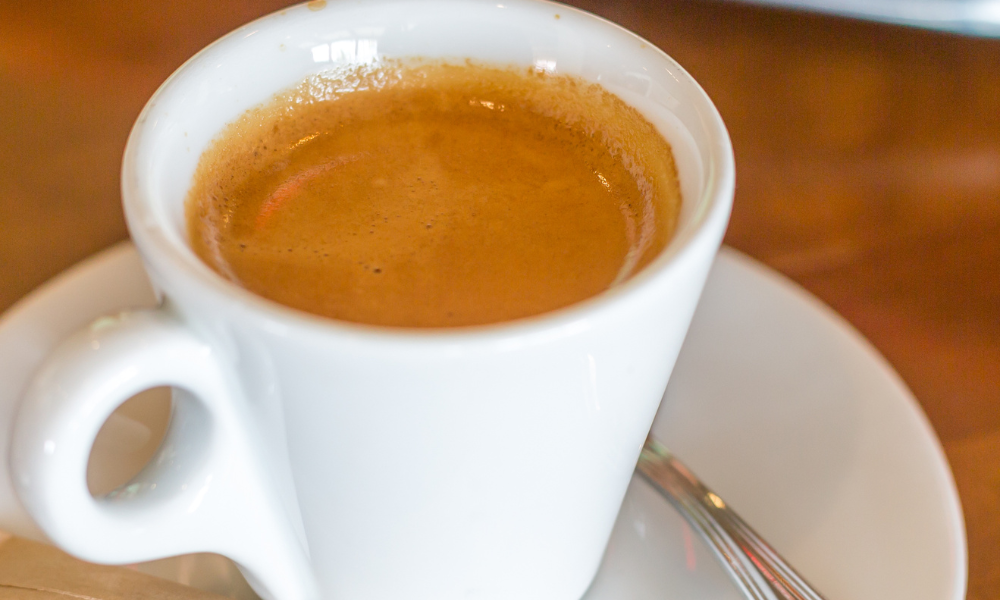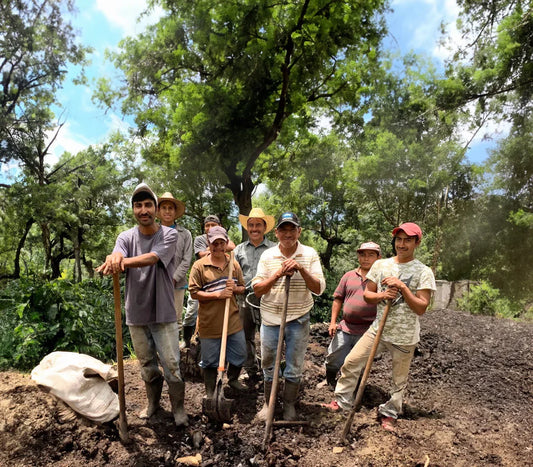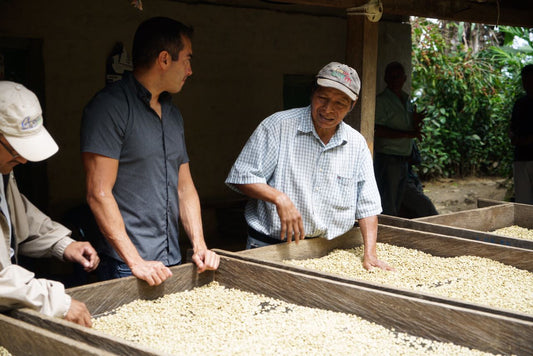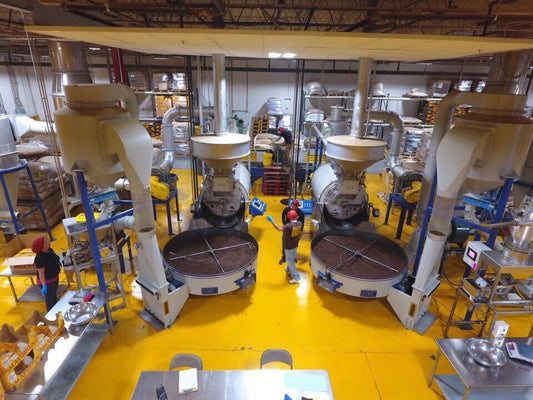
Ricas tradiciones del café: explorando los métodos latinos de preparación
Para los amantes y entusiastas del café como nosotros, no es ningún secreto que los métodos de preparación pueden producir texturas, aromas, sabores y profundidades muy diferentes.
Saltar a:
Sin embargo, es posible que no esté tan familiarizado con la diversidad de métodos de preparación de café en América Latina; métodos que están profundamente ligados a la historia y el patrimonio de América Latina. Así como un sorbo de Cafecito cubano aporta una suavidad aterciopelada y una cafetera mexicana es conocida por su rica y audaz complejidad, esa diversidad de sabores se produce al combinar las técnicas de preparación tradicionales con la innovación moderna.
La elegancia del cafecito cubano
El cafecito cubano, también conocido como café de la isla, es un excelente ejemplo de la elegancia sencilla de la elaboración de cerveza latina. El cafecito es conocido principalmente por sus notas audaces de chocolate negro, caramelo y nueces tostadas, con un ligero amargor que agrega una profundidad significativa al perfil general. La textura se puede describir como aterciopelada y audaz, con un final suave y sedoso; otra característica definitoria de un cafecito es un toque de dulzura. Tradicionalmente, el azúcar demerara se agrega a los posos de café durante el proceso de preparación, lo que le permite infundir toda la taza con dulzura caramelizada. Su preparación implica agregar una pequeña cantidad de café molido fino a una cafetera moka, endulzando la infusión similar a un espresso.
Juan Pérez, un reconocido experto en café cubano, describe el cafecito como una “experiencia social que alimenta las conversaciones y las conexiones”. A pesar de sus atractivos atributos, el cafecito tiene limitaciones. Su pequeño tamaño puede hacer que los bebedores de café deseen más, y su dulzura puede no ser del gusto de todos. Sin embargo, el complejo perfil de sabor del cafecito lo convierte en un alimento básico en los hogares latinoamericanos y un símbolo de la herencia cubana.
El atrevido arte de la cafetera mexicana:
En algunas regiones de México, reina un método de preparación distintivo, conocido como cafetera. Esta cafetera tradicional para estufa es el epítome del arte y la artesanía mexicanos.
La cafetera consta de dos compartimentos: un compartimento superior para el agua y otro inferior para el café molido, separados por un filtro. La entusiasta mexicana del café, María Morales, describe hermosamente la preparación de una cafetera: "Preparar café con una cafetera es como descubrir una obra maestra. Cada sorbo desvela un tapiz de sabores intensos y aromas embriagadores".
El único atributo verdadero de la cafetera reside en su versatilidad. Permite ajustes en la intensidad de la infusión, lo que la hace adecuada para una variedad de preferencias. Además, su simplicidad promueve una conexión íntima con el proceso de infusión, alentando a los entusiastas del café a adoptar la naturaleza ritualista de su taza diaria.
Sin embargo, a pesar de sus virtudes, la cafetera requiere paciencia y precisión. Lograr el equilibrio perfecto entre fuerza y suavidad exige una preparación hábil. Sin embargo, para quienes se dejan llevar por el arte y buscan probar la vibrante cultura cafetera de México, la cafetera ofrece una experiencia inmersiva como ninguna otra.

Recuperando técnicas antiguas: métodos de elaboración de cerveza autóctonos
En las remotas regiones montañosas de América Central y del Sur, las comunidades indígenas han conservado métodos antiguos de preparación del café durante generaciones. Estas técnicas, profundamente arraigadas en prácticas culturales y espirituales, producen café con una conexión significativa con la tierra y su gente. Uno de esos métodos practicado por los mayas en Guatemala, implica el uso de una olla de barro conocida como " olla" para preparar café. El método de preparación de la olla es un medio para preservar el legado ancestral, pero también es un método de preparación que conecta la tierra con la naturaleza; es sostenible, además de ser un primer método de preparación ritualista y consciente.
Los métodos de preparación latinos ofrecen un viaje al corazón y al alma de una rica cultura del café en América Latina. Desde la sencilla elegancia del cafecito cubano hasta el arte de la cafetera mexicana y la sabiduría ancestral de la preparación indígena, cada método pinta un retrato único de tradición e innovación. Mientras saboreamos cada sorbo, celebramos los intrincados sabores y aromas que unen el pasado y el presente, recordándonos que una simple taza de café puede llevar el peso de mil historias.


